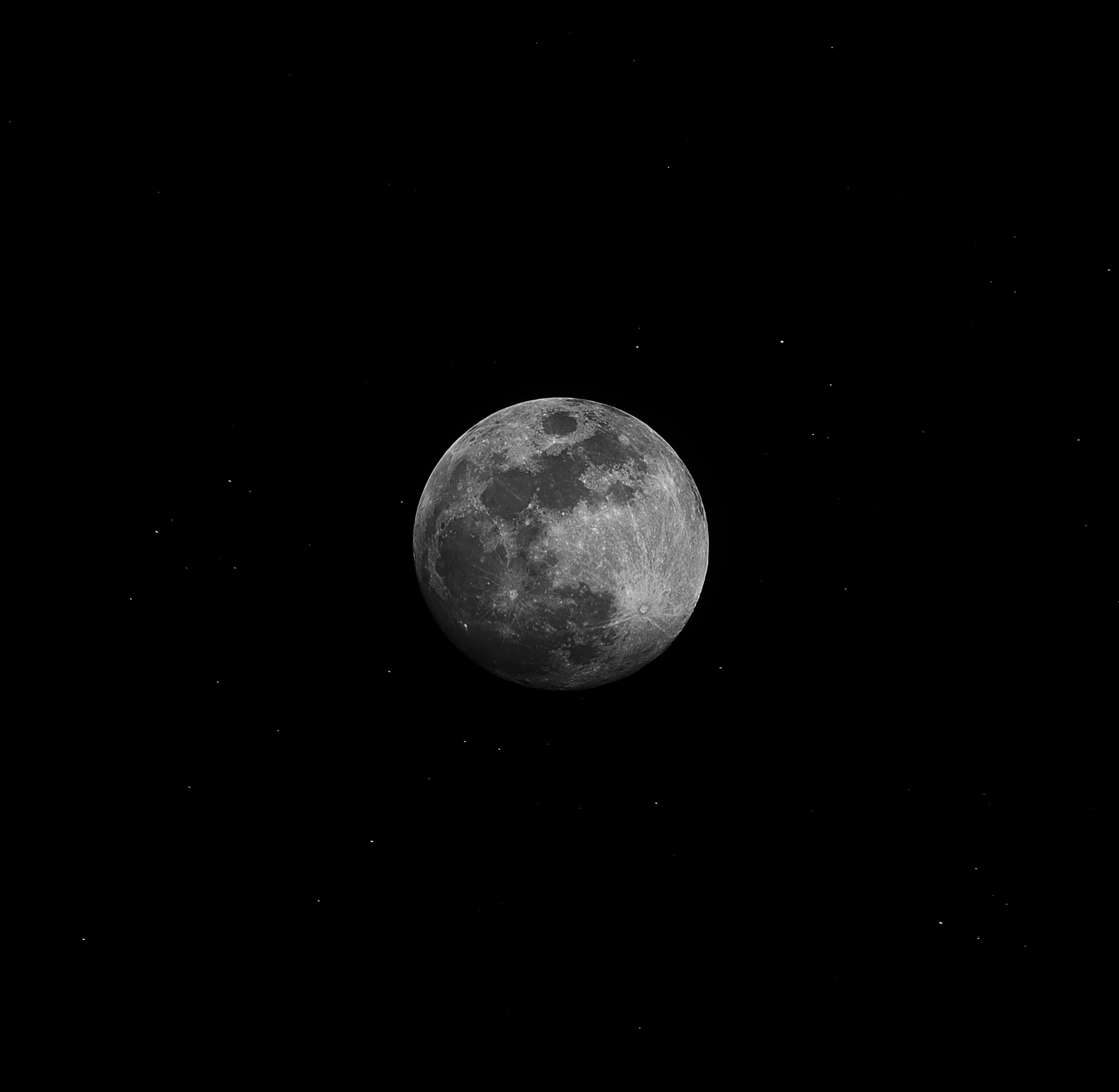Norse Runes and Meanings: A Comprehensive Guide to the Ancient Alphabet

For centuries, Norse runes have captivated the imaginations of historians, archeologists, and enthusiasts alike. These ancient symbols were not merely an alphabet, but also held potent magical and spiritual significance to the Norse people. In this comprehensive guide, we will explore the origins, meanings, and uses of Norse runes, shedding light on this fascinating aspect of Norse culture and mythology.
The Origins of Norse Runes
The origins of Norse runes can be traced back to the 2nd century CE when they emerged as a written script in the Germanic-speaking regions of Europe. The name ‘rune’ comes from the Old Norse word ‘runa’ meaning ‘secret’ or ‘whisper,’ reflecting the mystical nature of these symbols.
The runic alphabet, known as the Elder Futhark, consists of 24 characters, most of which are composed of straight lines and angles. The runes were traditionally carved onto wood, stone, or metal, and were used for various purposes, including communication, divination, magical practices, and even as protective talismans.
The Meanings Behind Norse Runes
Each rune in the Elder Futhark has a distinct meaning and carries both mundane and spiritual significance. Let’s dive into the meanings of the most commonly known Norse runes:
| Rune | Name | Meaning |
|---|---|---|
 |
Fehu | Wealth, abundance, possessions |
 |
Uruz | Strength, vitality, primal energy |
 |
Thurisaz | Thor, chaos, protection |
 |
Ansuz | Odin, divine inspiration, communication |
 |
Raidho | Journey, travel, spiritual growth |
 |
Kenaz | Knowledge, enlightenment, creativity |
These are just a few examples of the rich symbolism contained within Norse runes. Each rune contains layers of interpretation and can vary slightly depending on the context in which it appears. Some runes have additional magical and mystical associations, making the study of runes a lifelong endeavor.
Using Norse Runes for Divination
One of the primary purposes of runes was divination – the act of gaining insight and guidance through mystical means. To perform runic divination, also known as ‘casting the runes,’ practitioners would typically have a set of runes carved onto small tokens or stones. The runes would then be drawn or thrown onto a cloth or a surface, and their positions and interactions interpreted to reveal answers to questions or provide guidance.
Each rune carried its own specific message when cast, and the combination of runes would create a unique pattern that spoke directly to the seeker. The wise practitioners of the time would consider the position, orientation, and relationships between the runes to unravel the hidden meanings.
Runic Magic and Inscriptions
Beyond divination, Norse runes were also employed for magical purposes. Inscriptions with runes were used to convey power, protect individuals and property, invoke deities, and often accompanied rituals and spells.
Magicians or runemasters would create bindrunes, which involved combining two or more runes to form a single symbol infused with their combined energies. These bindrunes were believed to enhance the magical effect of a specific intention.
Furthermore, runes were occasionally used for talismanic purposes. People would carve runes on objects like amulets or pendants, imbuing these items with the intended qualities associated with the inscribed runes – for example, protection, courage, or healing.
The Decline and Revival of Runic Knowledge
With the spread of Christianity in the Norse lands, the use of runes as a written script dwindled, and the knowledge of their meanings and magical applications faded. However, in recent years, there has been a resurgence of interest in Norse culture and mythology, reviving the ancient wisdom of the runes.
Modern practitioners of Norse spirituality use runes for meditation, personal growth, and connecting with the ancestral past. Runes have also found their way into popular culture, appearing in movies, books, and artwork, further spreading their allure and intrigue.
In Conclusion
Norse runes offer us a fascinating glimpse into the ancient Germanic world and their rich spiritual and magical practices. From divination to inscriptions, the runes played a significant role in the lives of the Norse people, filled with symbolism, mystery, and power.
Whether you’re drawn to the artistic beauty of the runic symbols, seek answers through divination, or wish to delve deeper into Norse mythology, the study of Norse runes is a rewarding endeavor that can provide valuable insights into the wisdom of our distant ancestors.
So take a moment to explore the fascinating world of Norse runes, and uncover the secrets and meanings hidden within these ancient symbols.
Table of Contents
